The future of independent primary power provision for data centres at scale is microgrid and modular
)
How can 10MW modular building block engines, alternators and power conditioning deliver for rapid hyperscale deployment to 100MW+ and a path to net zero?
In order to reach net zero targets by 2050 and keep global warming not to exceed 1.5 degrees C called for in the Paris Agreement signed by 196 countries, carbon emissions need to be reduced by 45% by 2030, according to the United Nations. By 2050, the 40,000 TWh of electricity used on earth will need 90% to be generated from renewable sources with the remaining generation from fossil fuels accounting for less than 10%.
What role will Microgrids play on the road to 2050?
For many applications such as for energy intensive sectors centralized grid dependence will be replaced by decentralized Microgrids over the time, along with new technologies and energy storages.
Microgrids are not a new concept and already exist since decades. Microgrids are independent power systems with integration of different technologies and sources that increase the resilience towards the critical loads. The transition of the world’s energy profile is a combination of mass electrification, a rapid move to dominance by renewables and a shift in the way we consume and save energy, so that waste can be minimized.
This move away from traditional grid dependence to microgrid independence has major implications for those who’s job is development, delivery and operation of large scale digital infrastructure.
In order to move off traditional power grids data centre investors, developers and operator stakeholders need to move forward quickly at a scale and speed of deployment not seen before. This means building microgrids on site or close to their facilities.
Microgrids come in many flavours (or modes). But common across different Microgrid types are the ability to provide locally generated, clean, conditioned and reliable power at the scale required by the load. In the case of data centers this is likely to be many tens or even 100MWs+.
This power will often come from diverse energy sources such as renewables, on site power generators (engines) along with integrated UPS, energy storage and associated infrastructure.
Hybrid renewable microgrids will accelerate the energy transition from fossil fuels to renewable energies. With lower regulation barriers, faster deployments and cost-effective scaling, modular solutions simplify the process for the developer while reducing financial risk for the operators.
Where Microgrids and Data Centres Align
According to the CBRE Global Data Centre Trends report 2023: “A worldwide shortage of available power is inhibiting growth of the global data center market. Sourcing enough power is a top priority of data center operators across North America, Europe, Latin America and Asia-Pacific.”
The same company’s Q1 2023 report on the European data center market reports a forecast a new supply of 524MW and take up of 480MW across the FLAP markets (Frankfurt, London, Amsterdam and Paris). Within the FLAP area Frankfurt is expected to see new supply of 147MW, the most of any of the tier 1 markets in 2023.
[Source: https://mktgdocs.cbre.com/2299/30f290d8-7dc1-4445-b9e8-ca4d6148e62b-1358492906.pdf]
This follows 2022 figures which saw new supply of 337MW and take up of 384MW.
This level of demand is being driven by AI, High Performance Computing and Digital Transformation adoption. While the compute, storage and networking scale needed are the domain of the IT sector, inside the data centre white space such demand is challenging operators due to rising power density requirements.
Operators need to answer questions such as: Where is the power going to come from for this growth in digital infrastructure? Can data centers expect to continue to tap into already strained traditional power grids (even as they transition away from reliable yet carbon emitting fossil fuels in favor of less reliable and often intermittent renewable energy resources)?
These challenges are changing how data centers view their ability to access continuous reliable baseload power. They are also changing how data center operators interact with traditional generators and transmission systems operators. For example, how and when might they couple with and decouple from the grid for load shedding and peak shaving in order to provide support to the grid at times of high demand? How will grid independence and new types of interactivity with the grid be achieved? How can alternative power generation and provision be made sustainable?
All of this has put grid independent power generation and energy storage as a policy item on the agenda for every energy intensive sector, including data centres.
A Roadmap
Piller has been supporting, developing and deploying Microgrid technologies over several decades.
Given today’s and future requirements for sustainability (with no risk to reliability) it believes microgrids for data centers are hybrid in nature and that modularity is key.
Some large data centers will have access to local renewable energy. Many, however, will not. Those that do not will require primary baseload power delivered using modern high-efficiency reciprocating engines operating on LNG and offering combined heat and power (CHP) microgrids.
And even where a data center sits next or close to a modern wind, solar or other renewable it will require an engine power source to avoid intermittency.
Such engines will deliver high availability and efficiency levels, combined with excellent capability to meet quick and frequent load changes while working with intermittent renewable energy sources that need balancing power. To match the low carbon impact of the renewables such engines must be conversion ready to run on hydrogen with a clear sustainability road map to zero carbon from liquid natural gas (LNG) to LNG/ hydrogen blend and ultimately to pure hydrogen operation delivering clean and efficient power.
Ideally, they will be deployed as modular building blocks scalable in 10MW modules up to 100MW+ to match the load requirement as it builds.
By operating as CHP modules for data centers this increases the overall efficiency significantly (using 85% of the energy produced compared with 35% in non CHP configuration.) And because multiple modules mean units are always available it means the system is always N+1 replacing the need for traditional standby high speed diesel power generators and large battery farms.
An important factor for local Microgrid operation is independent frequency stabilisation and voltage support electrically coupled to the power generation module or the renewable source. Such a 10MW power conditioning system could comprise of 4 x 2.5MW modules with integrated energy storage. Depending on the application and the local requirement the energy storage could come from kinetic flywheels, which provide a long term sustainability option or alternatively, a battery energy storage can be applied, rated from minutes to hours as required. Conditioned power is then distributed as required up to 10MW per module and can be scaled-up multiple times. Piller has field experience of kinetic stabilization systems since more than 25 years.
In the system any voltage sags and surges will be compensated by the nature of the rotary design. Ultimately, reliable performance requires a system protection to provide sufficient fault current levels under all operating conditions.
The short circuit-current capability together with the natural inertia from the synchronous generators of genset and power conditioning infrastructure are essential to protect operations, because a fault that is not isolated immediately endangers the whole supplied load.
Microgrids will deliver a variety of key objectives.
Diversification in Microgrids is a key towards energy independence between different sources and consumers while maintaining the resilience of the energy supply as well. Through advanced technology, Microgrids play a key role in global innovation by solving the challenges of unreliable energy supplies.
With the right technology mix they can go further.
Synchronous machines can provide the key power conditioning performance as well as enable dynamic response where the backup power is stored as kinetic energy and electrically coupled to the synchronous machine, working in a bi-directional manner.
Besides these essential stabilization and protection features, it can even handle complete grid outages, so there is no need for an additional downstream UPS systems in your facility. It can be seen as a sustainable asset to reduce carbon intensity by embedding renewables into a Microgrid, avoid additional UPS equipment dedicated to critical loads and generate additional revenues through grid services. This concept would enable data centres to become power producers in the future and contribute to the energy transition, as we have seen in Ireland and other regions already.
Key takeaways in conclusion.
Power generation and energy transition is going through a massive evolution to reduce emissions and waste.
The correct integrated approach offers an alternative over conventional deployments, to pave the road on our way to reduce global warming and meet the net zero roadmap.
- Modular hybrid solutions provide significant advantages over traditional static, inverter and battery deployments.
- Modular hybrid solutions accelerate the benefit of pay-as-you-grow and fast-to-deploy primary and backup power, protecting return on investment.
- Modular hybrid solutions simplify the process to deployment, making them easier to understand and pass regulatory barriers.
- Modular building blocks from cogeneration engines are the true grid replacement option for rapid construction of large scale microgrids with instant results to reduce carbon emissions.
As data centres are expanding and increasingly consume resources from the grid - besides the need of increased efficiencies that we are aware of - it is now the time to accelerate the integration of local hybrid Microgrids with renewables, to contribute to the energy transition and enable additional revenues through grid services.

 Cloud Expo Europe
Cloud Expo Europe


)
)
)
)
)
)
.webp/fit-in/1280x9999/filters:no_upscale())
)
)
)
)
)
)
.png/fit-in/1280x9999/filters:no_upscale())
)
)

